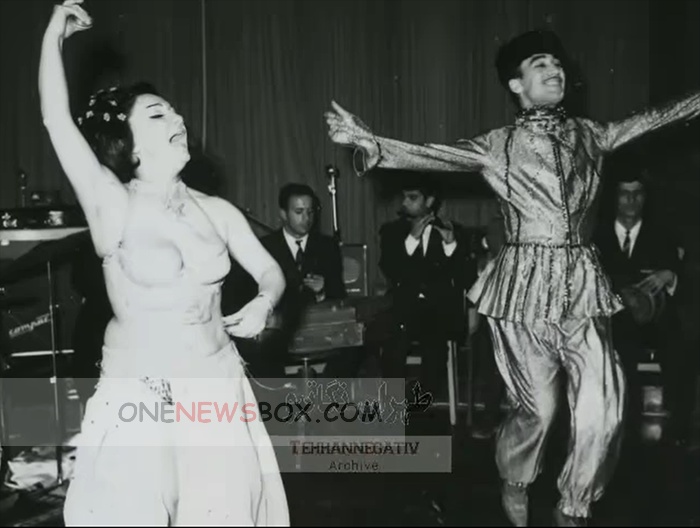[custom_adv]
A bas-relief in Taq-e-Bostan (western Iran) depicts a complex hunting scene. Movements and actions are articulated in a sophisticated manner. We can even see the progenitor of the cinema close-up: a wounded wild pig escaping from the hunting ground (Omid, p.19). After the Arab invasion and conversion from Zoroastrianism to Islam —a religion in which visual symbols were avoided — Persian art continued its visual practices.

